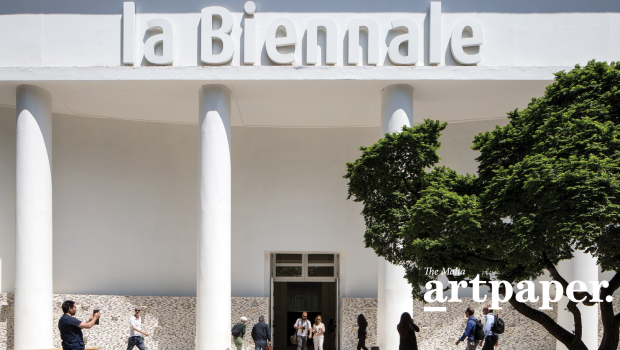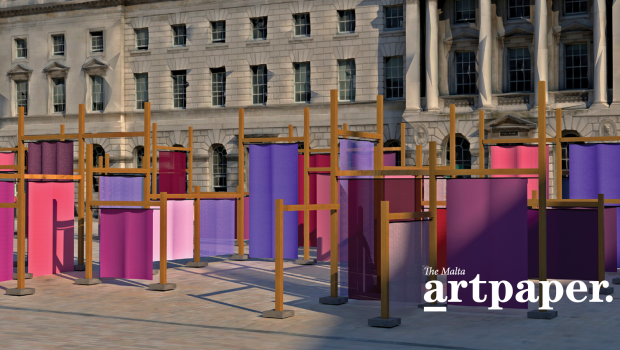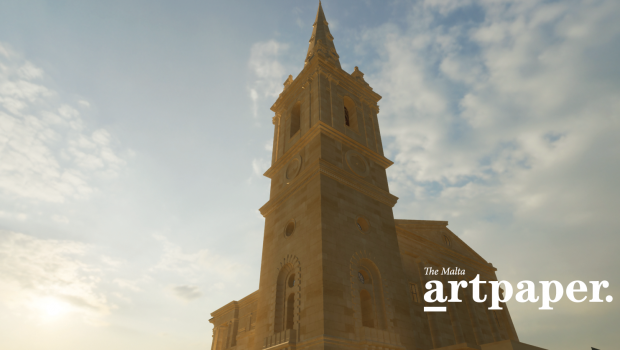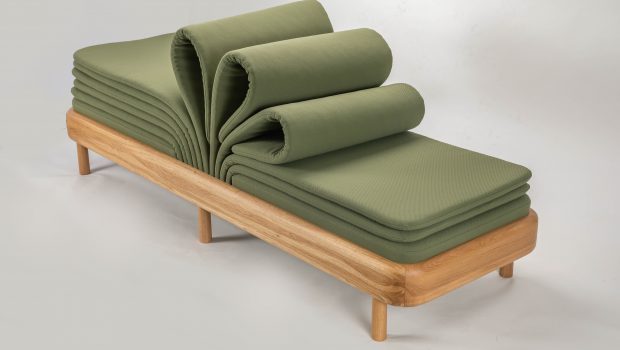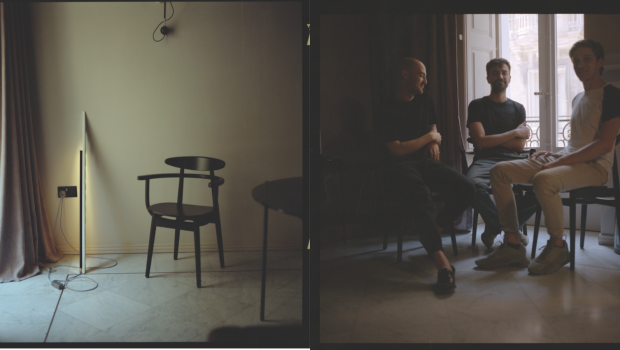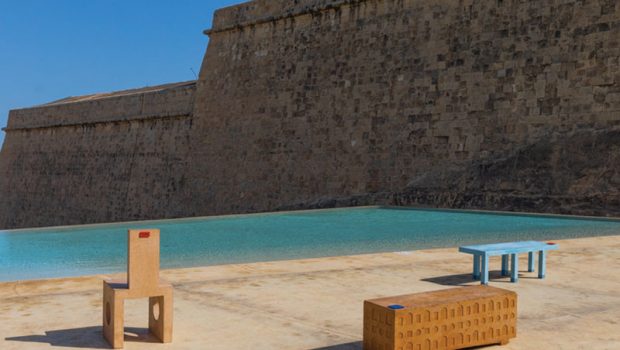Architecture and Museums
What would the world be like, if there were no museums and no art galleries, I wonder.
They have planted themselves within the urban fabric of our cities and onto the grey matter of our minds. Even the least assiduous of museum-goers would be at a loss were these institutions to disappear from our cities and our lives. They inform us about where we come from, they inform us about who we are and they give us clues about where we go to next. They are like silent beacons, anchors transcending chronological time and providing stability against the shifting tides of life. Not unlike the multifarious religions that accompany us as we grow, they provide answers to the eternal questions of existence.
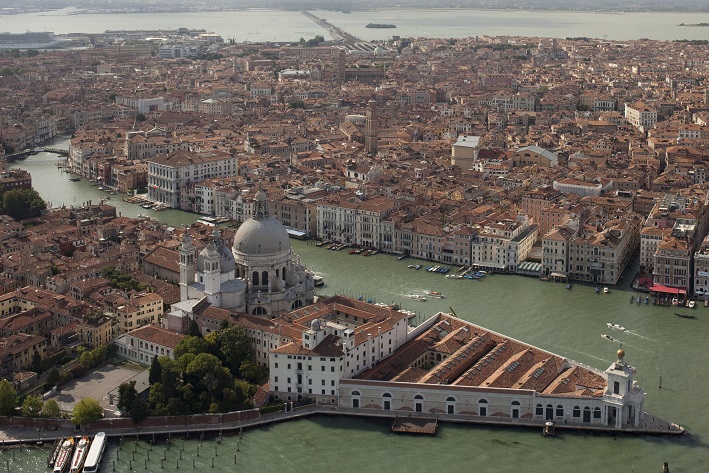

So it comes as no surprise that the first museums were churches and temples, structures erected to celebrate life and the after-life. All manner of builders, craftsmen, sculptors and artists were commissioned to decorate these buildings in order to impress upon the faithful the message of the divinity in whose hands their destiny lay. The stories told, and the myths created, by the painters and sculptors who contributed to the sumptuous interiors of our places of worship, provide a narrative that contains our imagined origins and the desired meaning of our individual lives.
Our individual lives also have their separate story that is written by the artists of the time. Throughout the centuries, great palazzos and residences were home to the works of major and minor painters whose images depicted great historical events, ancient myths, religious symbols and scenes from everyday life. All this, together with libraries and cabinets-of-curiosities, repositories for knowledge and ideas in the case of the former and of the known physical world in the case of the latter, were museums in the making.
It was the Enlightenment, and the great social upheavals that took place at the end of the 18th century, that provided the seed for the modern-day museum. The French Revolution irrevocably destroyed the feudal patronage structures that had, up that point, fed the art market. The Declaration of the Rights of Man created the concept of heritage and the common good, and the first collections of fragments retrieved from the destruction of monuments – the erstwhile symbols of the ancient regime – were catalogued, displayed and thrown open to the public at the Monastery des Petits Augustins in Paris.
The rise of the middle class went a long way towards eliminating the concept of Divine Right, propagating advancement through personal achievement and consolidating the concept of material wealth and collective property. The old-world, institutional museum or art gallery, the domain of the educated bourgeois, was born.
The 1960s and 1970s changed all that. The hippie revolution, Vietnam and the war against the establishment took Art out of its revered niche, brought it down to the ground and installed it on the tarmac. Malraux wrote Museum without Walls and the Centre Pompidou dematerialised the bricks and stones of the traditional, neo-classical façade. It turned the building inside out, brightly coloured ducts, pipes and all, and pulled the public square into the building together with its inhabitants, the Parisians, the tourists and the flaneurs (strollers). Art aligned itself with the manufacturing industries as an economic force, its container became a factory and the masses were targeted as unwary consumers. The Tate Modern, the museum that installed itself inside a power station, is a curious symbol of this new vision: art as a commodity and a luxury. Contemporary art is capitalist art.
Undeniably, the fall of the Berlin Wall and the advent of the post-modernist world played its own tricks on art as well – on its production, its consumption and its container. The new museum, like the art that it serves, follows no rules or, let us say – as Jean-Francois Lyotard, one of the foremost philosophers of the Post Modern condition – wrote: ‘Contemporary Art works without rules in order to formulate later the rules that emerge from what was done.’ And so does the contemporary museum or gallery. It could be narcissistic, and rival the works of art themselves, like Gehry’s Guggenheim in Bilbao. Or it could be humble and neutral, a simple contemporary implant inside an old structure. Such is Tadao Ando’s scenography for the Pinault collection at the Punta della Dogana in Venice, which plays second fiddle to the Grand Canal that seeps into the spaces and surrounds the works of art themselves.
To my mind, this is the ultimate museum. Like Calvino’s ‘Invisible Cities’, it speaks of ‘La Serenissima’ in all her vague and seductive forms. So although you could sometimes feel you are walking through the product of a surreptitious marketing machine, driven by the economic engine of the art world, this elegant fusion of the sublime location and the artworks themselves reveals, as in an epiphany, the magic and ineffable nature of Art. Canaletto, carnival and Catellan’s marble corpses are all there – symbols not only of the dream-like splendour of Venice but also of the power of Art, a spectacular show made of both luxury and of lies.
Konrad Buhagiar is a founding partner of Architecture Project and has been responsible for numerous restoration and rehabilitation projects in historic buildings and urban sites. He has lectured in Malta and several other countries, has published numerous historical articles and has been the chairman of both the Heritage Advisory Committee and the Valletta Rehabilitation Committee. He is also the chief editor behind the publications A Printed Thing and Founding Myths of Architecture.

